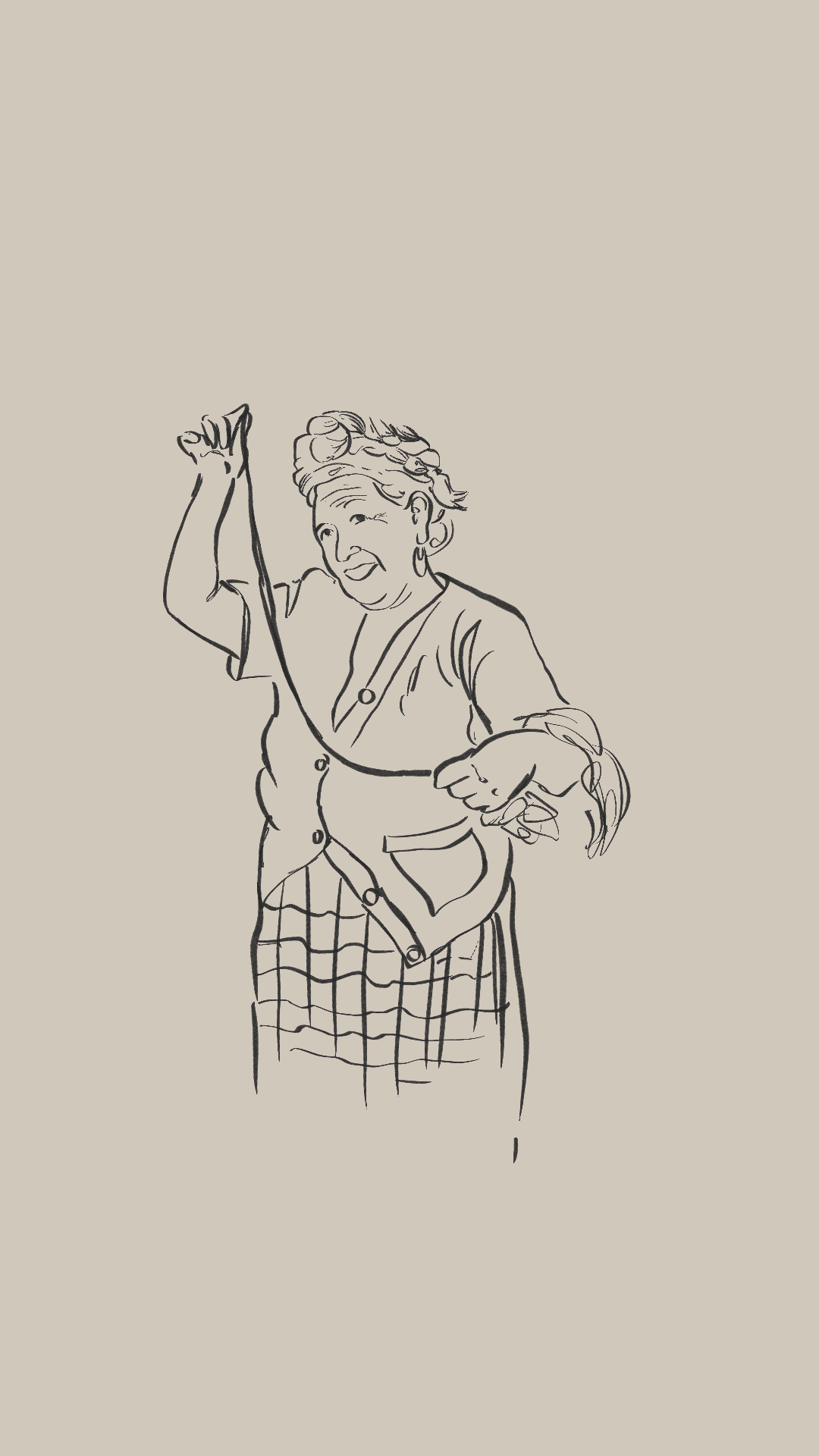
At the base of the Sierra Madres mountains, the Chavez family located in the artisan village of Teotitlan del Vall, specializes in the making of colors and forms of wool weaving that characterize one of the region’s richest oldest craft traditions in all of Mexico. The multigenerational family all participates in the process of cultivating wool, spinning the fibers, then dyeing them with natural dyes made from plants, insects, and minerals and weaving premium handmade pieces to the using a treadle loom made with milled lumber and metal fittings that has not changed much since the conquistadors.
The Chávez family welcomes you with warmth and tradition. Grandma Ana, a master weaver who began memorizing designs at just seven years old, may braid your hair and offer a snack of roasted crickets—an Oaxacan favorite—before guiding you into the world of Zapotec weaving. Her husband Juan works steadily at the loom, while her son Mario prepares the natural dyes: indigo, moss, nuts, leaves, and bark. One of the most prized comes from the cochineal insect, whose vibrant crimson and orange tones have colored Zapotec textiles for over 2,000 years.
Each thread carries centuries of heritage—woven into panels that speak of the land, the people, and their resilience.
But the story does not end in Oaxaca. These handwoven panels travel north, where refugee and displaced women in Tijuana carefully transform them into purses. For these women, each stitch is more than craft—it is a step toward dignity, income, and hope. By purchasing one of these purses, you are not only carrying a piece of Zapotec history but also helping weave new futures for women rebuilding their lives.









